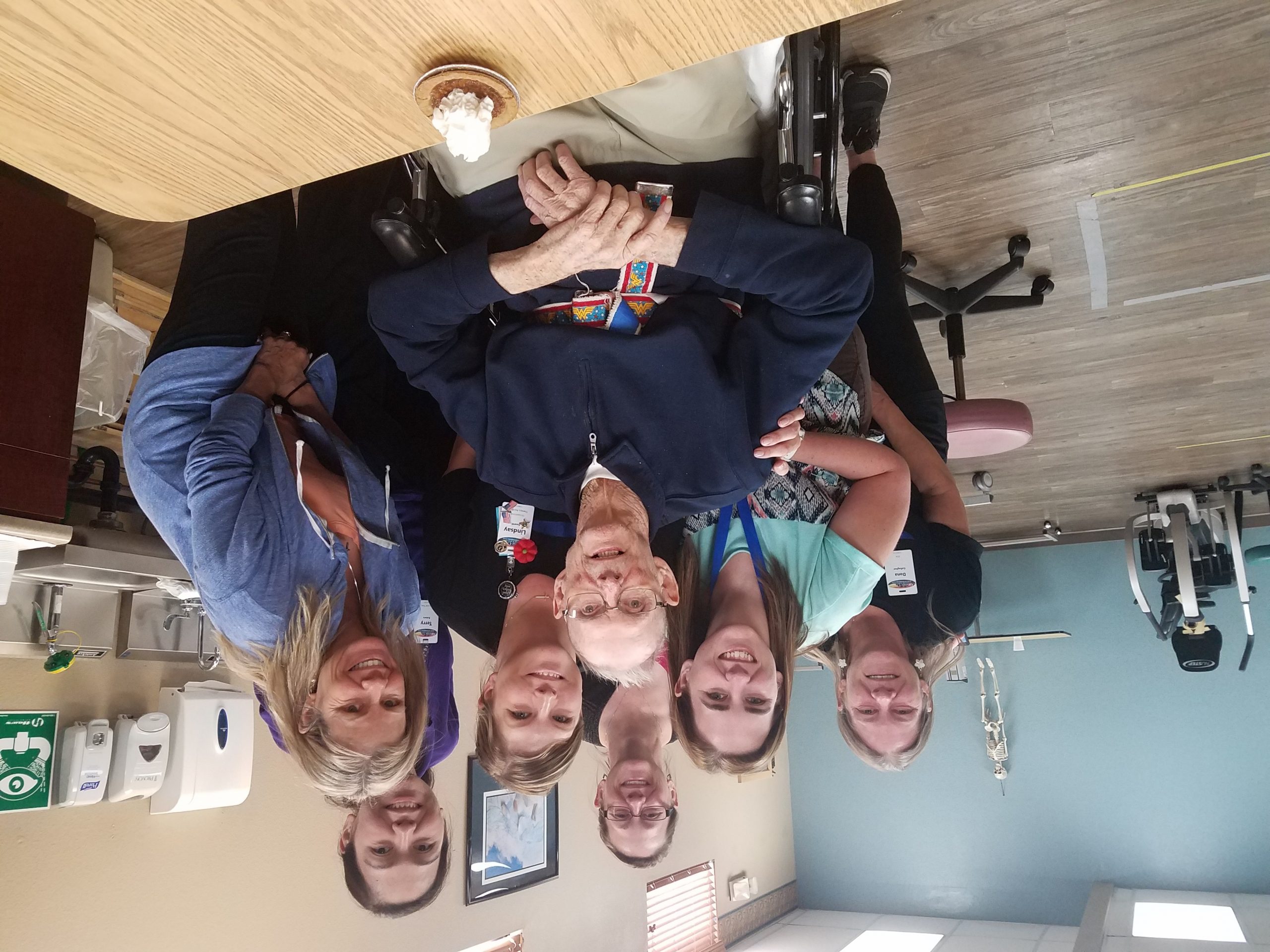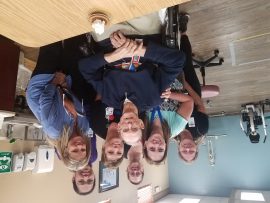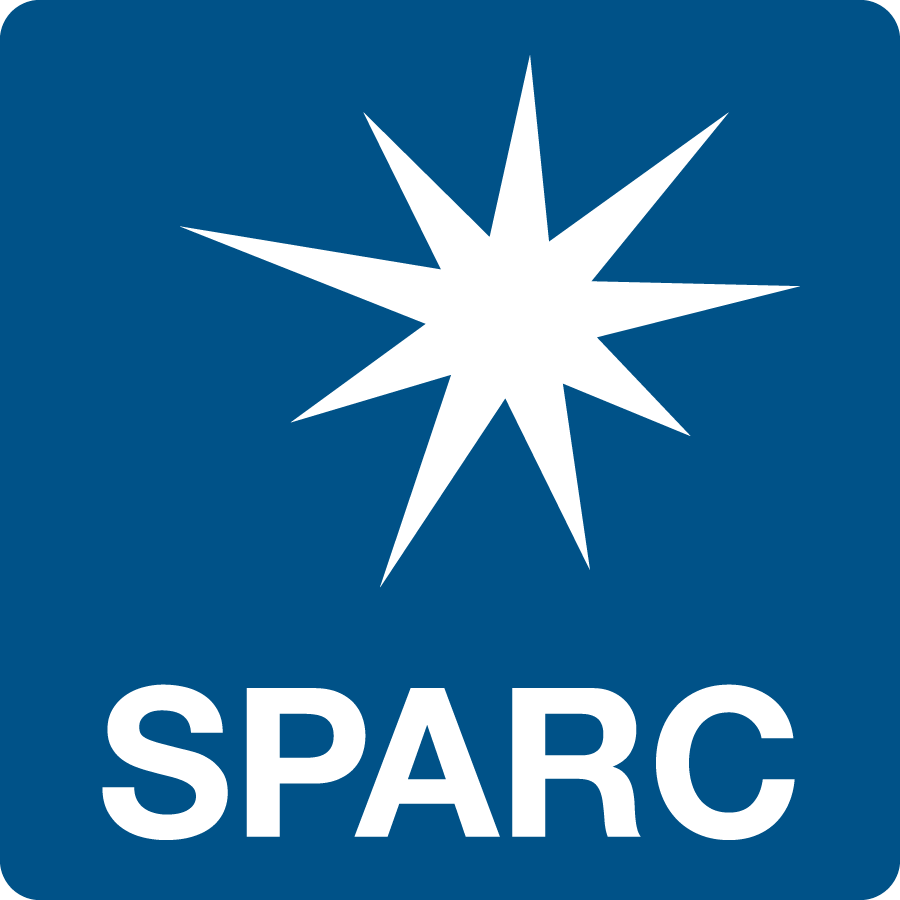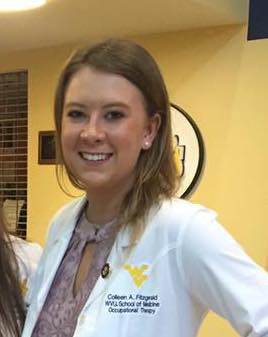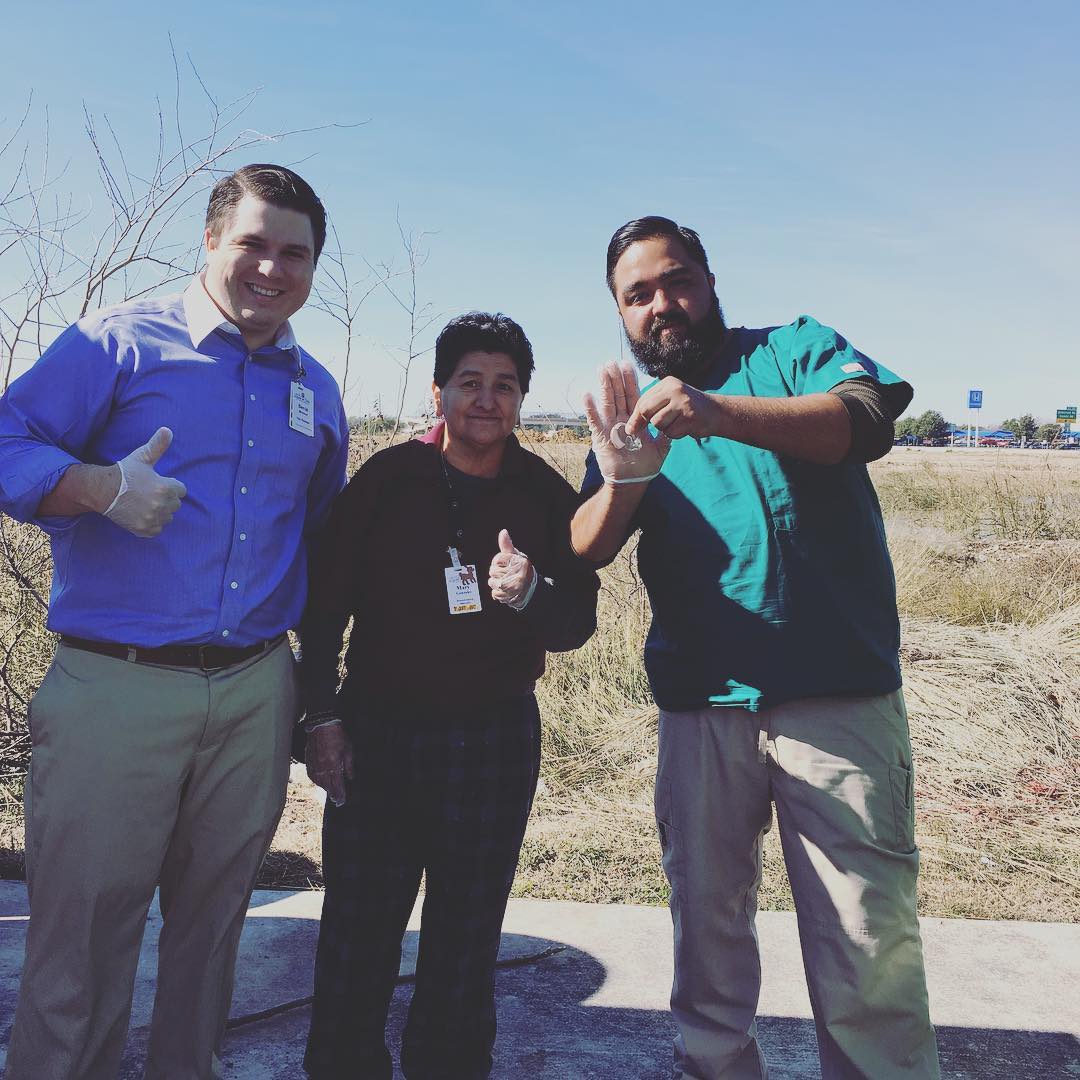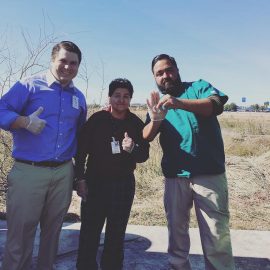Essay By Sarah Gromko, SLP Student, Southeastern Louisiana University, Grad Date: 7/2018
Music and language both are universal and innately human, develop at the same time, and are culturally dependent.  Speech, in particular, utilizes pitch, rhythm, and timbre—all elements of music (Smith, 2011). Because of these significant areas of overlap, music and speech carry a natural relationship. But most obviously, music moves people. The right song can bring back the fondest of memories. Hearing the sweet sounds of the right melody can turn a hopeless situation into hopeful. Singing in particular, reverberates the music inside one’s body. In these ways, I hope to use music to spark energy, motivation, and happiness into the lives of my patients.
Speech, in particular, utilizes pitch, rhythm, and timbre—all elements of music (Smith, 2011). Because of these significant areas of overlap, music and speech carry a natural relationship. But most obviously, music moves people. The right song can bring back the fondest of memories. Hearing the sweet sounds of the right melody can turn a hopeless situation into hopeful. Singing in particular, reverberates the music inside one’s body. In these ways, I hope to use music to spark energy, motivation, and happiness into the lives of my patients.
Throughout my life, I had cited music as my primary motivation. To declare allegiance to such an amorphous concept may seem frivolous to some, but without it, I may have lacked the basic skills needed for language reception or expression. Music was my childhood method for learning to read, speak, listen, and understand prosody. That knowledge of music’s importance was what spurred me to embark on my journey to pursue a master’s in communication sciences and disorders. Only now, however, am I being shown how my lifelong endeavors in music, specifically my vocal training, can benefit a much larger population through clinical application of evidence-based research and expanding on that research in my own clinical studies.
Much of my early comprehension of vocal therapy was limited to my formal training as a singer. When I began working as a choral conductor, I started to discover my passion for teaching those skills to others. Training others then piqued my interest in the field of speech-language pathology but, with an almost exclusively music background, I had little exposure to its other applications. As I enthusiastically explore the vast field, I am becoming enlightened to how vocal therapy (and many other music-based therapies) can positively affect the lives of patients with neurological disorders, cancer patients going through radiation, children with language delays and disorders, and so many more. This exploration took a turn when one of my professors pulled me aside one day. She was well aware of my eagerness for a research project and suggested that I investigate music use in speech-language pathology interventions. “On my own?” I asked. I felt I had been thrown into deep waters. “Yes,” she said, “there is a conference in our city this summer. Why don’t you submit a proposal to present a poster?” I somewhat bemusedly took her suggestion and submitted a proposal for a systematic review of all therapies in the vast field of speech-language pathology that use music. Much to my surprise, my poster was accepted to be presented at ASHA Connect in New Orleans. “Oh no! Now I have to do the research!”
Over the spring and early summer, as I pored over hundreds of articles, I learned just how many aspects of our field are benefitting from music. Pandora’s box was opened and my view of therapy expanded. The more research I read, the more I wanted to know. Yet the more I wanted to know, the more I realized how many different etiologies and service delivery areas were not being studied with music interventions. I decided that my mission going forward was not only to often incorporate music therapies I read about as appropriate for my clients, but to further the research in the therapy room. In fact, when I presented my research again, in a flash presentation at ASHA 2017, that was my call to action.
My education and training will be a spark in the lives of my patients both directly and indirectly: in the therapy room;and by turning the spark into a fire with research that can be used by others to spark lives of their patients. My first opportunity to try some research-based therapies came in my first field-based clinical placement: The Bright School, a pre-school for deaf children and children with hearing impairment and language delay. I began to use a general music therapy program that Kaplan originated in 1955 with children with hearing impairment and speech delay. By listening, singing, and playing songs, one of the children in particular has responded well by demonstrating expanded utterances and improved intelligibility.
Another early, yet effective study was done by Deutsch and Parks in 1978. It used contingent music to set routine. Two of my autistic clients are especially enamored by music, and it has served as a calming effect and incentive to focus on specific therapy goals. I hope before the semester is over to use some research by Katongo and Ndhlovu (2015). These researchers used singing simple songs to increase speech intelligibility in 60 children with post-lingual hearing impairment. They found that not only did it improve speech intelligibility, but also motivated the children during speech drills.
Next semester, I will be placed at Ochsner’s Voice Center in New Orleans. This is the placement I have been waiting for since starting the program. It is what most directly brought me to speech-pathology and hopefully the area in which I will continue. Nine of the studies in my systematic reviews covered voice interventions with music, and I hope to try them while there with willing patients. One of them in particular (Vatanasapt, Vatanasapt, Laohasiriwong, & Prathanee, 2014) is for patients with laryngectomies to increase utterances using esophageal speech. It incorporates music with movements and breathing and had a 75% success rate with 16 patients.
Neurogenics is another area that interests me greatly, specifically aphasia. Music Intonation Therapy was developed by Albert, Sparks, & Helm (1973) and utilizes music skills in the complementary right hemisphere to compensate for damage to the language center of the left hemisphere. It melodizes speech in order to elicit utterances and gradually is faded out until speech has returned. To witness this much-researched and tear-jerking therapy, let alone practice it, would be a life changer for the clients and myself. Another therapy I hope to do if I am placed with adults with aphasia is to start an aphasia choir. I would be able to use the techniques outlined in the literature (Tamplin, Baker, Jones, Way, & Lee, 2013) and marry it with my choral background in order to bring purpose, challenge, joy, and semantics to the lives of those I would serve. Of course, there are many other therapies (89 total, to be exact) that showed positive effects of music in speech-language pathology interventions. I hope to use many of them as I embark on my career and gain experience.
Though there are many therapies to choose from the research, there were several aspects of speech-language pathology that did not exist in the literature. My goal is to fill in some of the gaps and educate others on what to research in order for our clients to be served with spark-inducing music. When using ASHA’s list of realms of service delivery (http://www.asha.org/policy/SP2016-00343/#Domains), the areas of feeding and swallowing, fluency, resonance, and elective therapies all could benefit from more research. Language was a domain that was generally well-represented in the literature, but morphology and paralinguistic communication were each only studied once in the early 1980s. I have several thoughts on how to fill these gaps.
It may seem counter-intuitive to facilitate feeding and swallowing with music, since mature humans cannot sing and swallow simultaneously. But the use of background music has been used as early as 1969 by Carol Traub. Outside of speech-language pathology, in 2008, an article was published entitled “Sound Level of Environmental Music and Drinking Behavior: A Field Experiment with Beer Drinkers” (Guéguen, Jacob, Le Guellec, Morineau, & Laurel). It determined that the louder the music in a bar, the faster and more quantity was drunk by an individual. It could be implied from this study that calming music may have a more controlled effect on the swallowing of dysphagia patients, but only more research could solidify that hypothesis.
Only one therapy involved music for intervention of fluency. Chenausky, Kernbach, Norton, and Schlaug (2106, 2017) recently published two studies using Auditory Motor-Mapping Therapy, which is an intonation-based treatment originally intended to improve fluency in spoken output. The recet studies on that particular therapy (although only one covered fluency) gives hope that more studies are forthcoming, but there should be more therapy options to investigate for fluency clients. Even the use of video games similar to Guitar Hero could motivate clients while regulating their fluency.
Thirdly, there were many studies done using vocal therapy, but few covered resonance explicitly. Besides focusing on resonance issues in normal repertoire of the singer, instrumental and vocal music may be considered as models for mimickry. For instance, a comparison between the perceived nasality of a clarinet sound versus that of a violin could serve as qualitative tools for singers and non-singing voice clients, alike to model, since speaking and singing output is so heavily dependent on perception. Based on the list of ASHA’s specified elective therapies (transgender communication, preventative vocal hygeine, business communication, accent/dialect modification, and professional voice use), only transgender communication has been studied (once) with music. Business communication and professional voice use may benefit from using musical soundtracks in preparation for negotiations or speeches, and accent/dialect modification may benefit from a common choral technique of vowel modification used in singing.
Finally, as discussed earlier, language and music go hand-in-hand. It can be broken down into elements in much the same way. For instance, a morpheme may coincide with a musical note, semantics may pair with a musical measure (a series of notes separated by bar lines), and semantics may be seen as a musical phrase or sentence. For this reason, a study on morphology may benefit from assigning each morpheme a note when teaching language. Furthermore, since paralinguistic communication (signs, gestures, and body language) is not only used by the deaf and those with hearing impairments, musical phrases may be used in conjunction with a series of gestures, for instance.
In the words of the old hymn, “it only takes a spark to get a fire going.” I hope that one spark instilled in a patient from any of these techniques will set afire the souls of my patients and spread like wildfire to their loved ones and the others around them. Mahatma Gandhi exposes my selfishness in his words, “The best way to find yourself is to lose yourself in the service of others.” My choices for service are both metaphorically and literally to give voice to the voiceless. There is nothing else I have ever sought with such longevity. I will continue to light the industry through using evidence-based research and adding to the literature for others.
References:
Albert, M. L., Sparks, R. W., & Helm, N. A. (1973). Melodic intonation therapy for aphasia. Archives Of Neurology, 29(2), 130-131. doi:10.1001/archneur.1973.00490260074018
Chenausky, K., Norton, A., Tager-Flusberg, H., & Schlaug, G. (2016). Auditory-Motor Mapping Training: Comparing the Effects of a Novel Speech Treatment to a Control Treatment for Minimally Verbal Children with Autism. Plos ONE, 11(11), 1-22. doi:10.1371/journal.pone.0164930
Chenausky, K., Kernbach, J., Norton, A., & Schlaug, G. (2017). White Matter Integrity and Treatment-Based Change in Speech Performance in Minimally Verbal Children with Autism Spectrum Disorder. Frontiers In Human Neuroscience, 111-13. doi:10.3389/fnhum.2017.00175
Deutsch, M., & Parks, A. L. (1978). The use of contingent music to increase appropriate conversational speech. Mental Retardation, 16(1), 33-36.
Guéguen, N., Jacob, C., Le Guellec, H., Morineau, T. and Lourel, M. (2008), Sound Level of Environmental Music and Drinking Behavior: A Field Experiment With Beer Drinkers. Alcoholism: Clinical and Experimental Research, 32: 1795–1798. doi:10.1111/j.1530-0277.2008.00764.x
Kaplan, M. (1955). Music therapy in the speech program. Exceptional Children, 22112-117.
Katongo, E. M., & Ndhlovu, D. (2015). The Role of Music in Speech Intelligibility of Learners with Post Lingual Hearing Impairment in Selected Units in Lusaka District. Universal Journal Of Educational Research, 3(5), 328-335.
Smith, R. S. (2011, October 4)). Speech-Language therapy and music therapy collaboration: The dos, the don’ts, and the “why nots?” log post] Retrieved from
http://blog.asha.org/2011/10/04/speech-language-therapy-and-music-therapy-collaboration-the-dos-the-donts-and-thewhy-nots/
Tamplin, J., Baker, F. A., Jones, B., Way, A., & Lee, S. (2013). ‘Stroke a Chord’: The effect of singing in a community choir on mood and social engagement for people living with aphasia following a stroke. Neurorehabilitation, 32(4), 929-941.
Traub, C. (1969). The relation of music to speech of low verbalizing subjects in a music listening activity. Journal Of Music Therapy, 6(4), 105-107.
Vatanasapt, P., Vatanasapt, N., Laohasiriwong, S., & Prathanee, B. (2014). Music Speaks the Words: An Integrated Program for Rehabilitation of Post Laryngectomy Patients in Khon Kaen, Thailand. Music & Medicine, 6(1), 7-10.
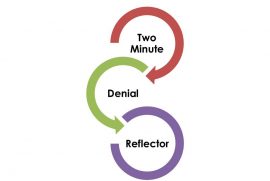 By Lori O’Hara, MA, CCC-SLP – Therapy Resource, ADR/Appeals/Clinical Review
By Lori O’Hara, MA, CCC-SLP – Therapy Resource, ADR/Appeals/Clinical Review
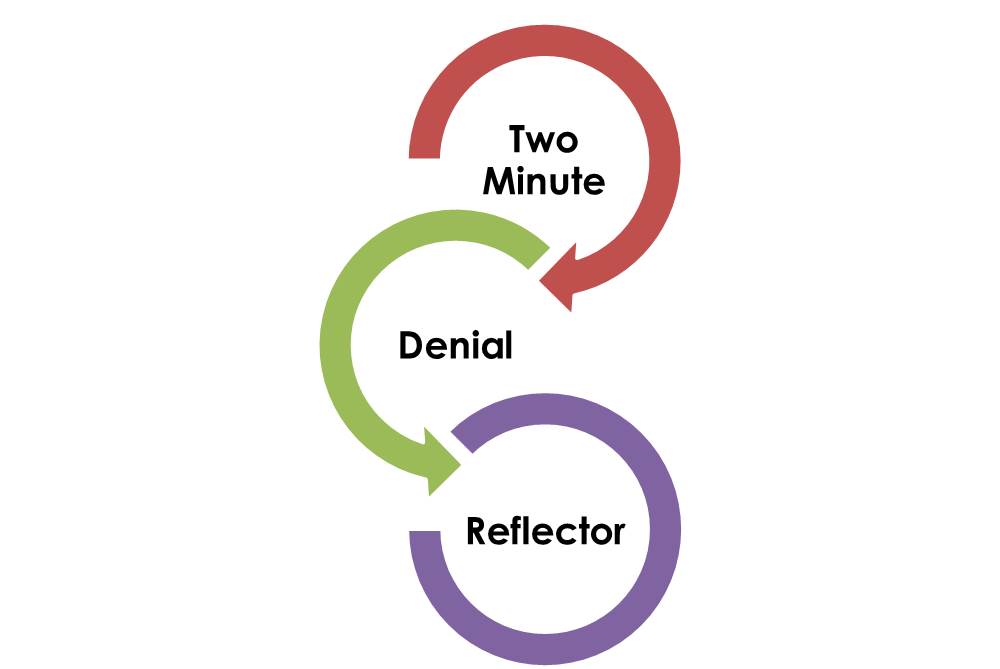
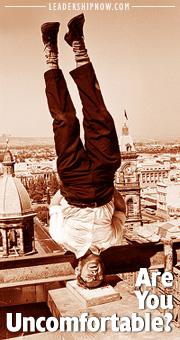
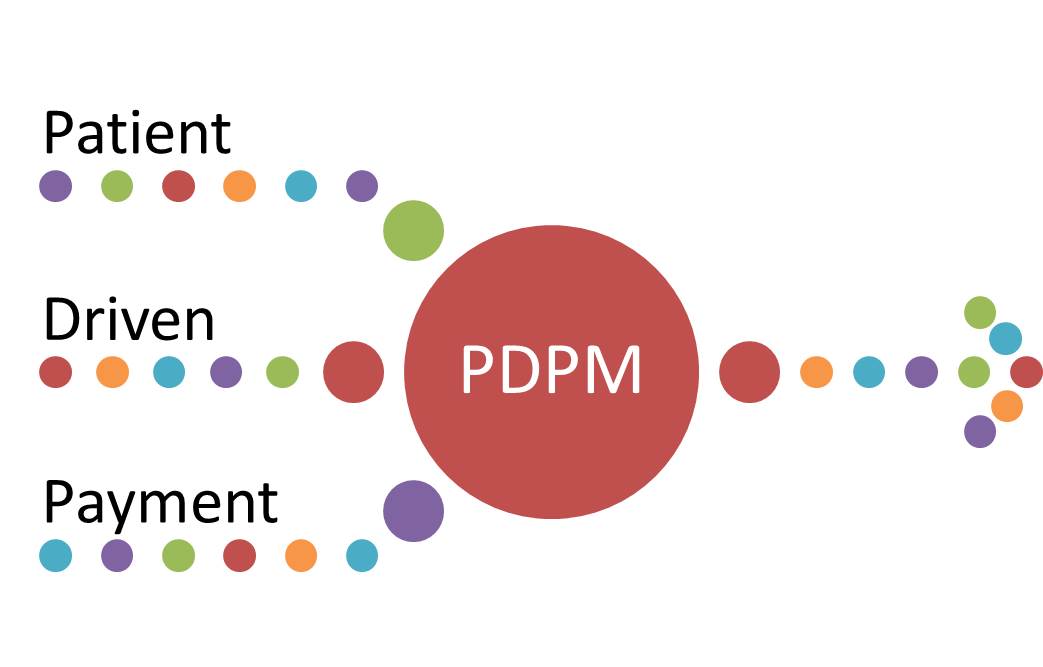
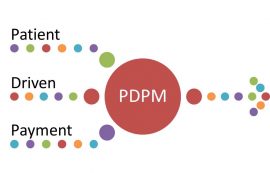 The proposed rule Fiscal Year 2019 has been considered by many to be the most anticipated rule proposal since the introduction of the Medicare Prospective Payment System in 1998. The NPRM was released to the public on Friday, April 27, 2018, and introduced us to a new payment model entitled, the Patient Driven Payment Model (PDPM), which is suggested in the rule to become effective in October 2019.
The proposed rule Fiscal Year 2019 has been considered by many to be the most anticipated rule proposal since the introduction of the Medicare Prospective Payment System in 1998. The NPRM was released to the public on Friday, April 27, 2018, and introduced us to a new payment model entitled, the Patient Driven Payment Model (PDPM), which is suggested in the rule to become effective in October 2019.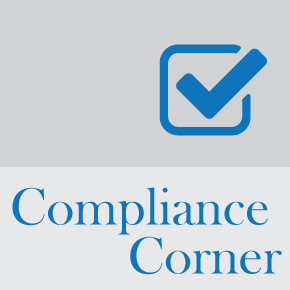
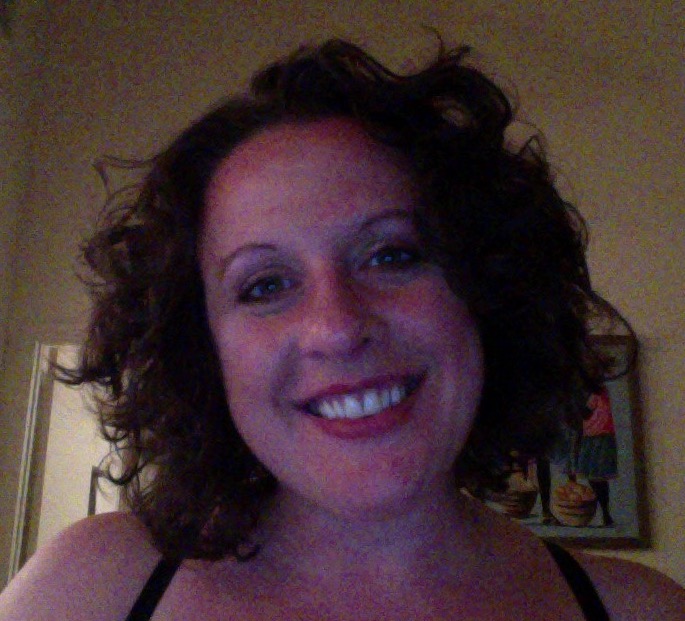
 Speech, in particular, utilizes pitch, rhythm, and timbre—all elements of music (Smith, 2011). Because of these significant areas of overlap, music and speech carry a natural relationship. But most obviously, music moves people. The right song can bring back the fondest of memories. Hearing the sweet sounds of the right melody can turn a hopeless situation into hopeful. Singing in particular, reverberates the music inside one’s body. In these ways, I hope to use music to spark energy, motivation, and happiness into the lives of my patients.
Speech, in particular, utilizes pitch, rhythm, and timbre—all elements of music (Smith, 2011). Because of these significant areas of overlap, music and speech carry a natural relationship. But most obviously, music moves people. The right song can bring back the fondest of memories. Hearing the sweet sounds of the right melody can turn a hopeless situation into hopeful. Singing in particular, reverberates the music inside one’s body. In these ways, I hope to use music to spark energy, motivation, and happiness into the lives of my patients.